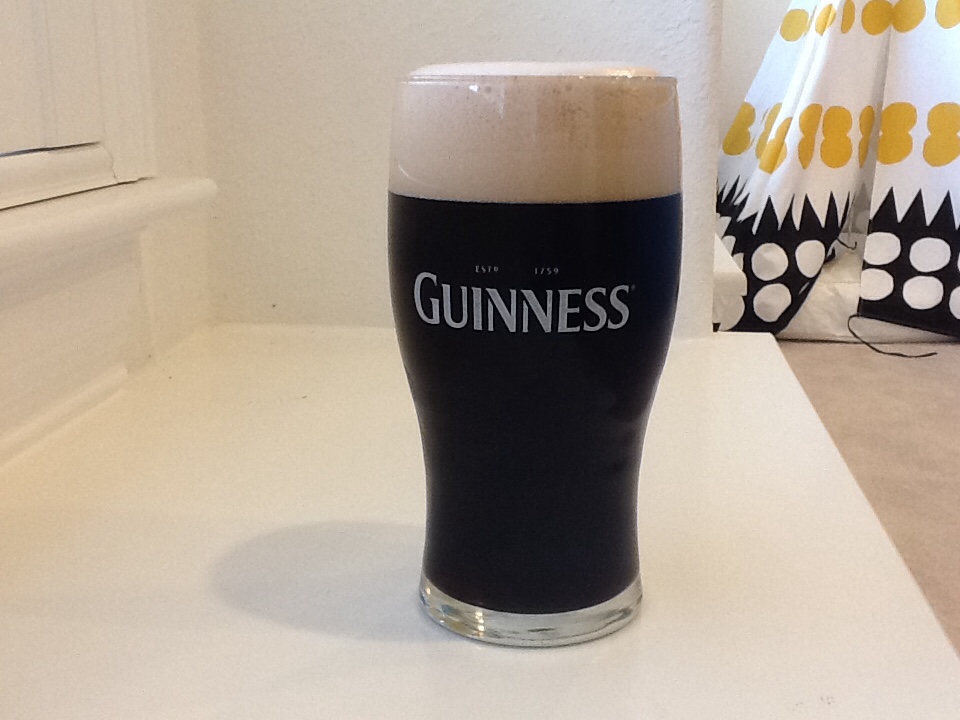I am brewing a dry Irish stout this coming weekend.
Initially I thought of using my tap water as is with its moderate level of alkalinity.
My Water

Fortunately I found this marvelous presentation by @mabrungard from 2013
http://www.homebrewersassociation.org/attachments/presentations/pdf/2013/1715-24%20Historic%20Water%20-%20Martin%20Brungard.pdf

I plan on using a low alkalinity profile (Wicklow Mountains)
With a usual mash grist/water ratio separate mashing of base and roast malts will prevent the pH from getting too low with this soft water profile.
My question is this.
If I mash full volume as I usually do (no-sparge), would this negate the need to mash the base malts separately to the roast malts while still being able to use a soft water profile and keep the mash pH in a favorable range for a dry Irish stout.
The numbers seem to support this but I'm wondering am I missing out on some flavor/mouthfeel by not separating the mash in to its base (Maris Oter and Flaked Barley) and roast constituents.
Water Calculations

Predicted Mash pH

Mash Volume

Mash Profile

Any input is greatly appreciated. My current plan is a single infusion mash. (No separation of the grist)
Initially I thought of using my tap water as is with its moderate level of alkalinity.
My Water
Fortunately I found this marvelous presentation by @mabrungard from 2013
http://www.homebrewersassociation.org/attachments/presentations/pdf/2013/1715-24%20Historic%20Water%20-%20Martin%20Brungard.pdf
I plan on using a low alkalinity profile (Wicklow Mountains)
With a usual mash grist/water ratio separate mashing of base and roast malts will prevent the pH from getting too low with this soft water profile.
My question is this.
If I mash full volume as I usually do (no-sparge), would this negate the need to mash the base malts separately to the roast malts while still being able to use a soft water profile and keep the mash pH in a favorable range for a dry Irish stout.
The numbers seem to support this but I'm wondering am I missing out on some flavor/mouthfeel by not separating the mash in to its base (Maris Oter and Flaked Barley) and roast constituents.
Water Calculations
Predicted Mash pH
Mash Volume
Mash Profile

Any input is greatly appreciated. My current plan is a single infusion mash. (No separation of the grist)










